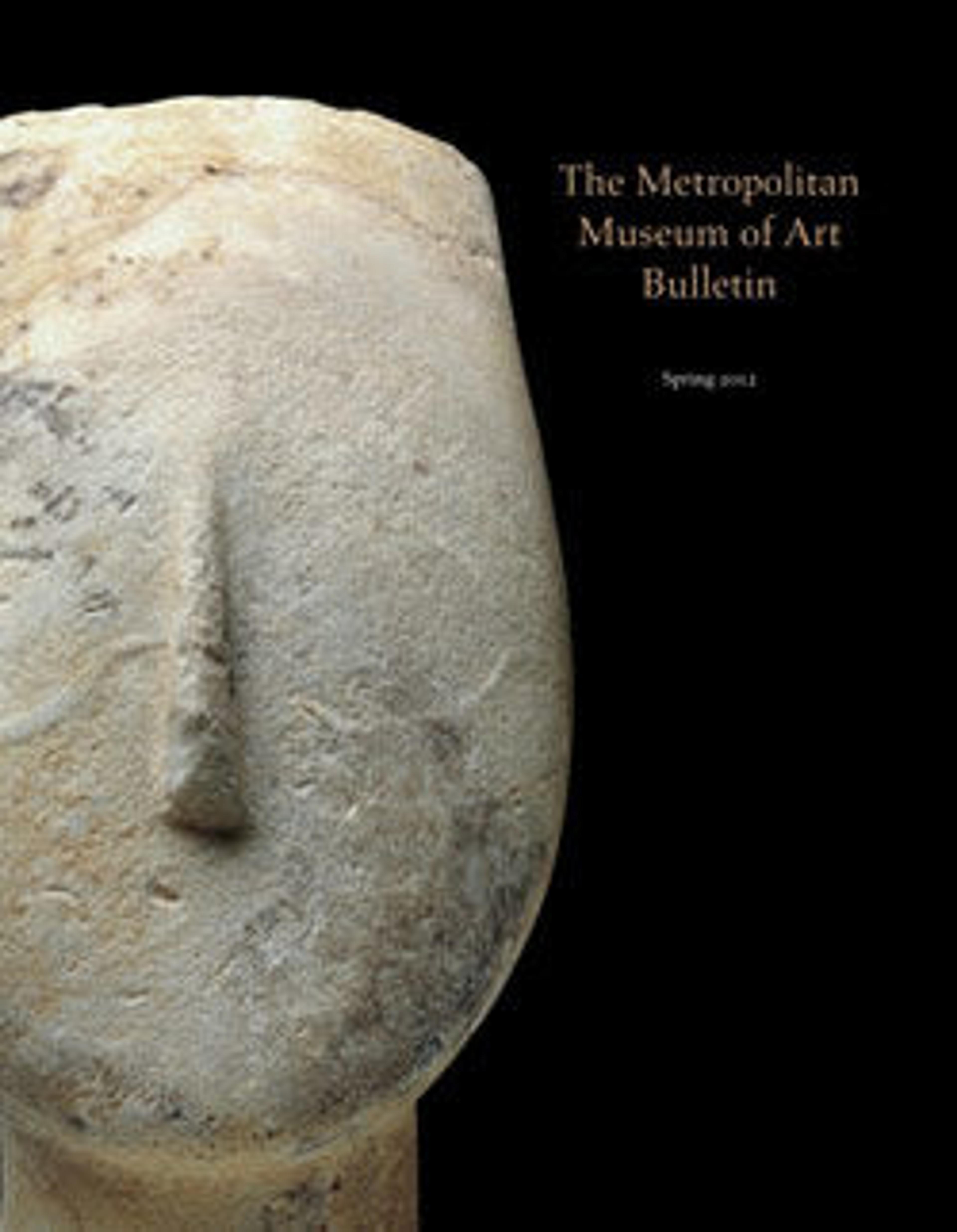Terracotta chariot krater
Mycenaean kraters depicting chariot scenes are known primarily from Cyprus, where this vase was discovered. Recent excavations and scientific analysis, however, suggest that such vessels were made in the Argolid, a region of the Peloponnese, for export to the island. Found almost exclusively in tombs, they may have been used in rituals before burial. The female figure behind the chariot has been interpreted as a mourner, a goddess, or even a cult statue of a deity.
Artwork Details
- Title: Terracotta chariot krater
- Period: Late Helladic IIIB
- Date: ca. 1300–1230 BCE
- Culture: Helladic, Mycenaean
- Medium: Terracotta
- Dimensions: H. 16 3/8 in. (41.6 cm)
diameter 12 1/8 in. (30.8 cm) - Classification: Vases
- Credit Line: The Cesnola Collection, Purchased by subscription, 1874–76
- Object Number: 74.51.966
- Curatorial Department: Greek and Roman Art
Audio
1004. Terracotta chariot krater, Part 1
0:00
0:00
We're sorry, the transcript for this audio track is not available at this time. Please email info@metmuseum.org to request a transcript for this track.
Listen to more about this artwork
More Artwork
Research Resources
The Met provides unparalleled resources for research and welcomes an international community of students and scholars. The Met's Open Access API is where creators and researchers can connect to the The Met collection. Open Access data and public domain images are available for unrestricted commercial and noncommercial use without permission or fee.
To request images under copyright and other restrictions, please use this Image Request form.
Feedback
We continue to research and examine historical and cultural context for objects in The Met collection. If you have comments or questions about this object record, please contact us using the form below. The Museum looks forward to receiving your comments.
